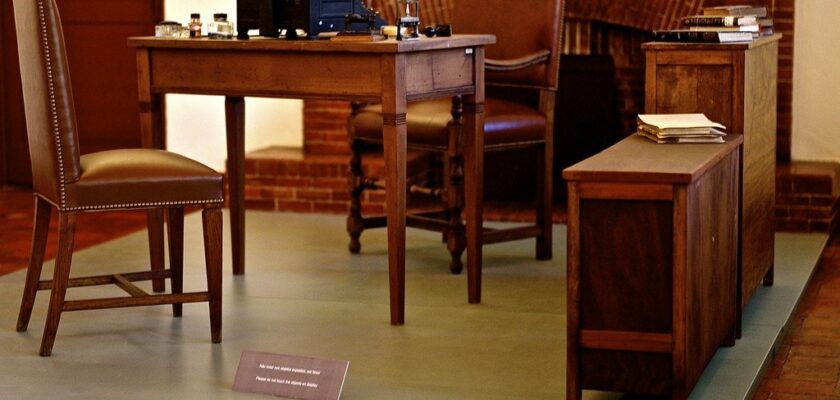Franz Kafka Museum
Franz Kafka Museum is a traveling exhibition that stayed in Prague for quite a long time (10 years). The exhibition is entitled “Franz Kafka and Prague”. Its exposition will last until 2015 in the premises of a former brick factory. To attract visitors, a fountain-monument to men peeing was built in the courtyard of the house (the statue of a peeing boy in Brussels inspired the creators). Anyone wishing to visit this exhibition in Prague has another five years to spare.
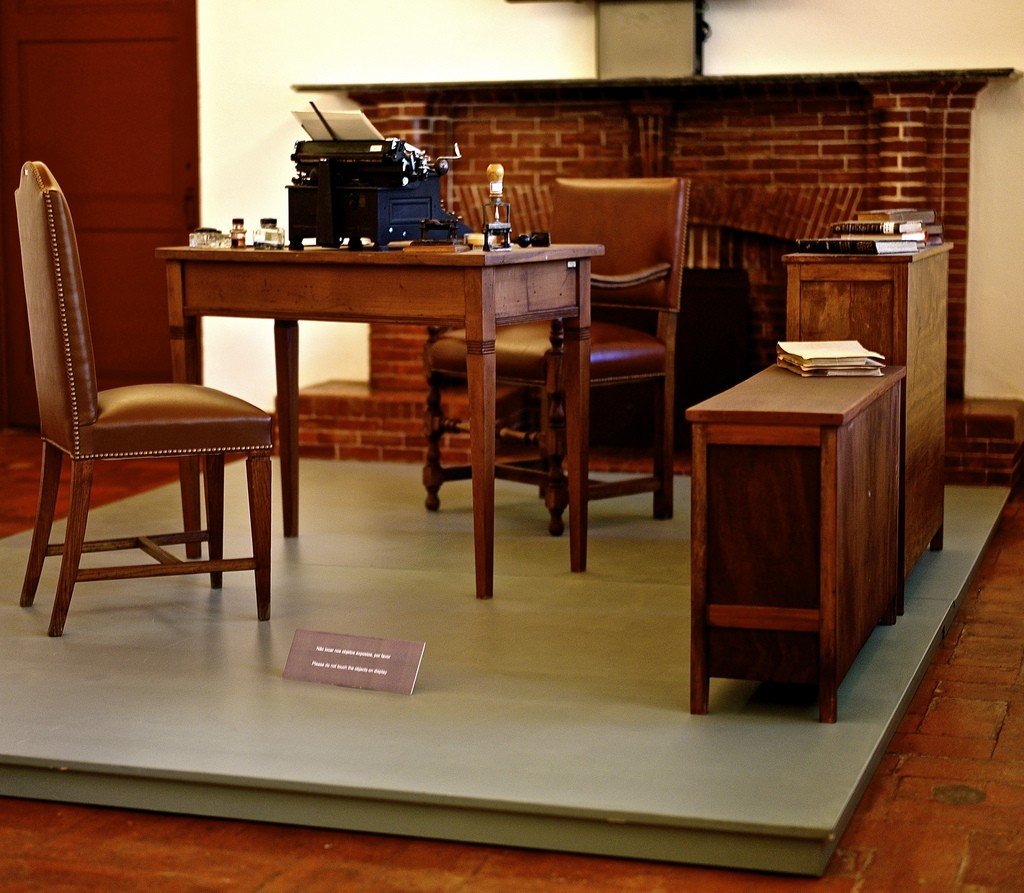
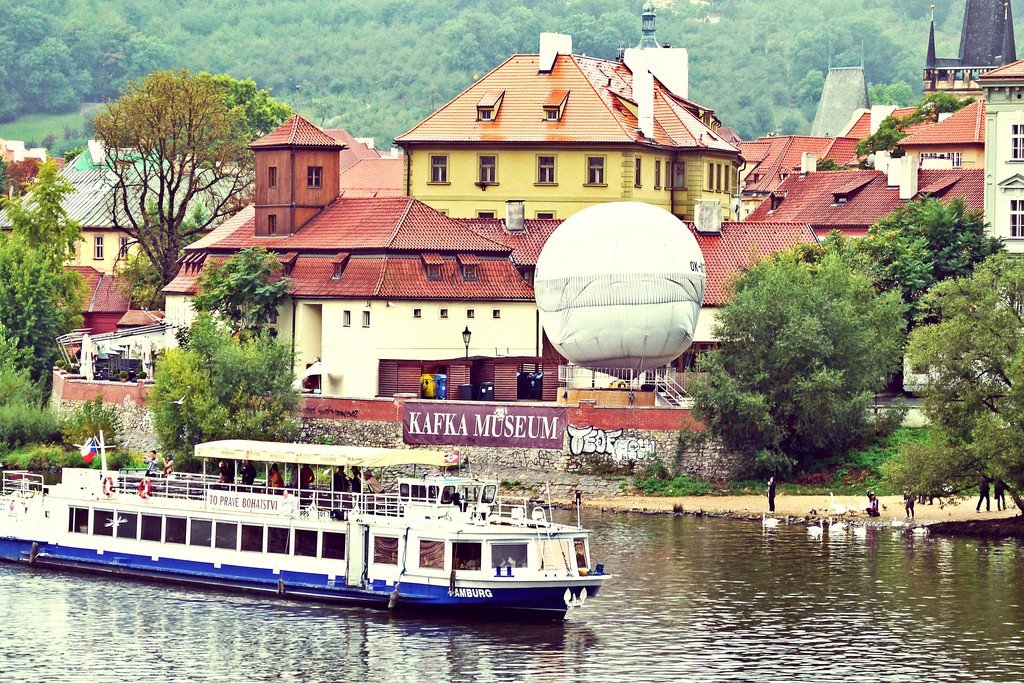
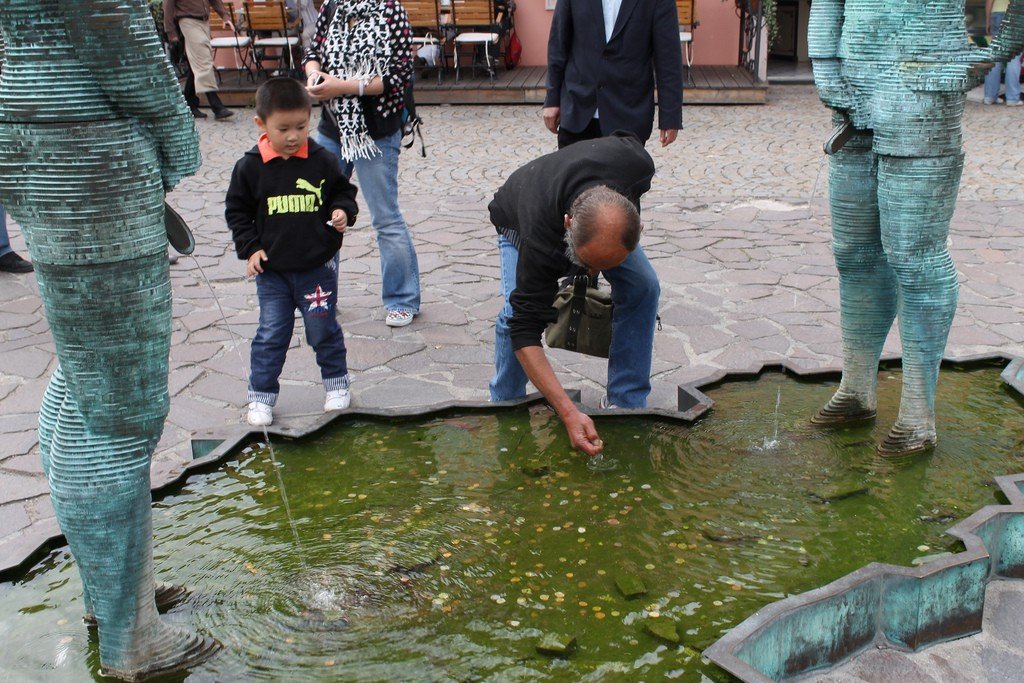
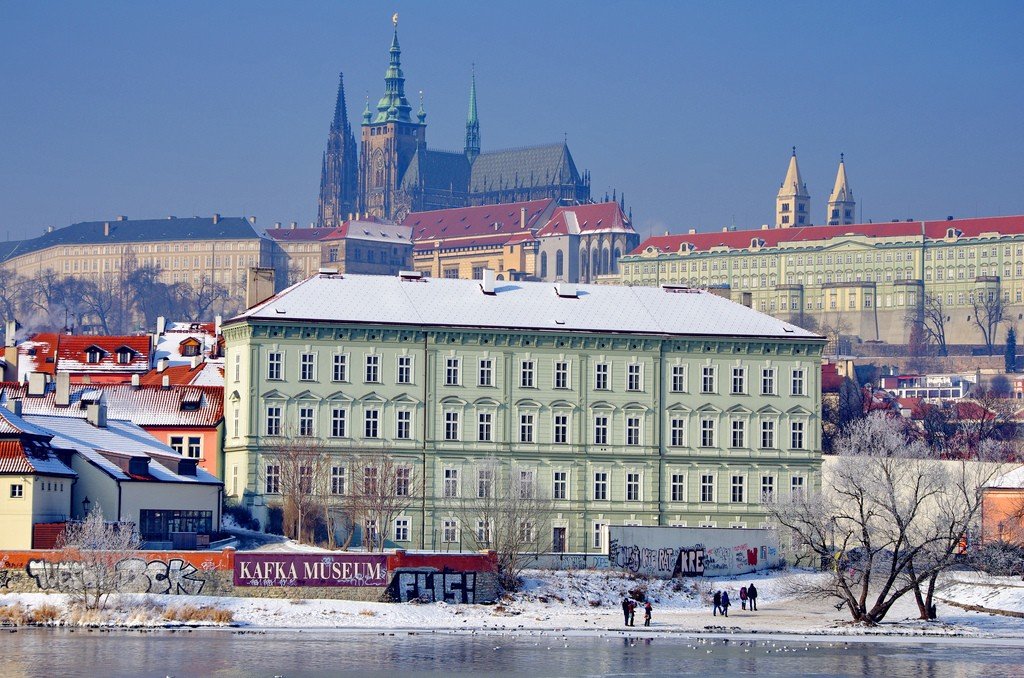
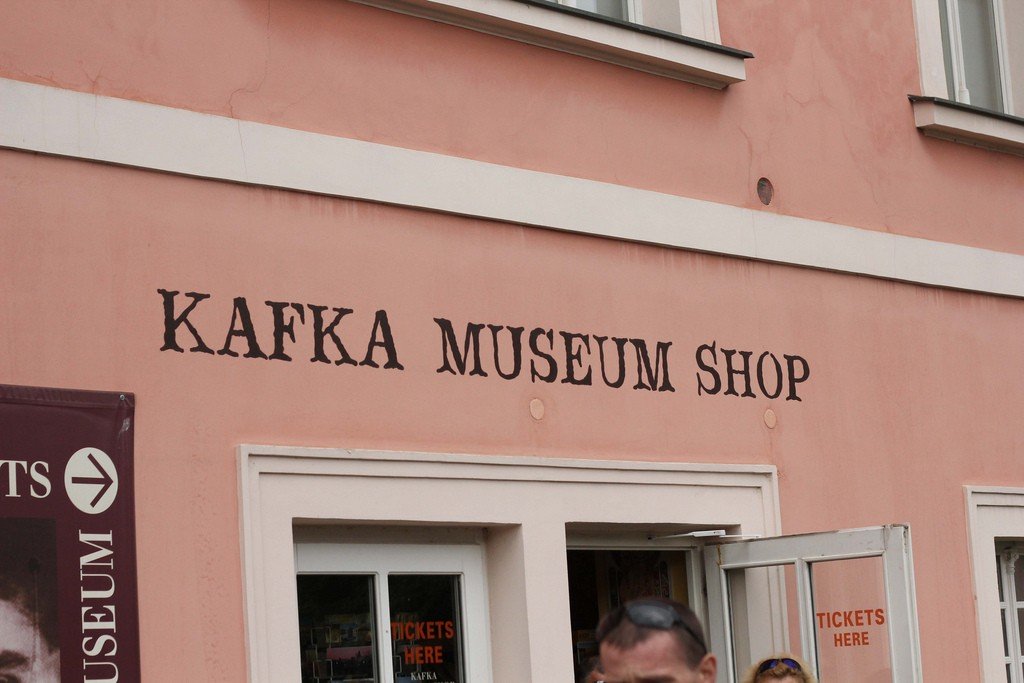
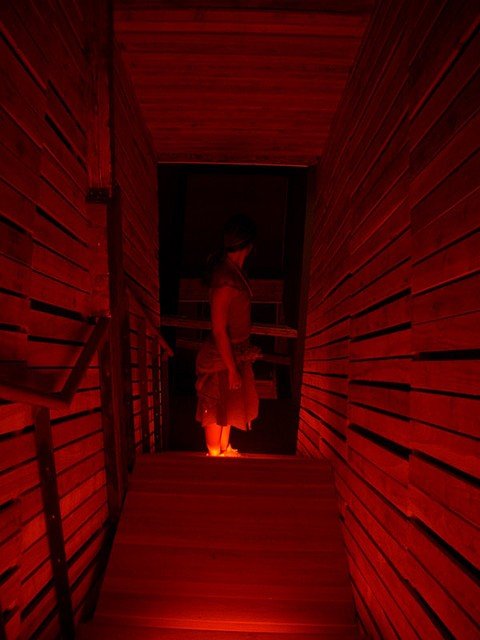
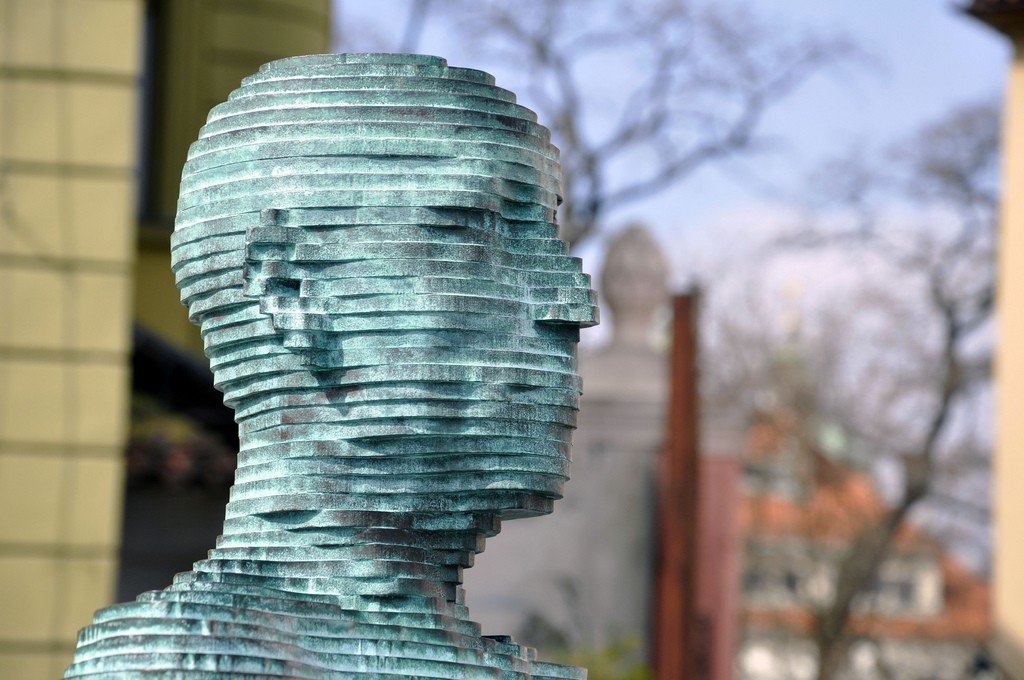
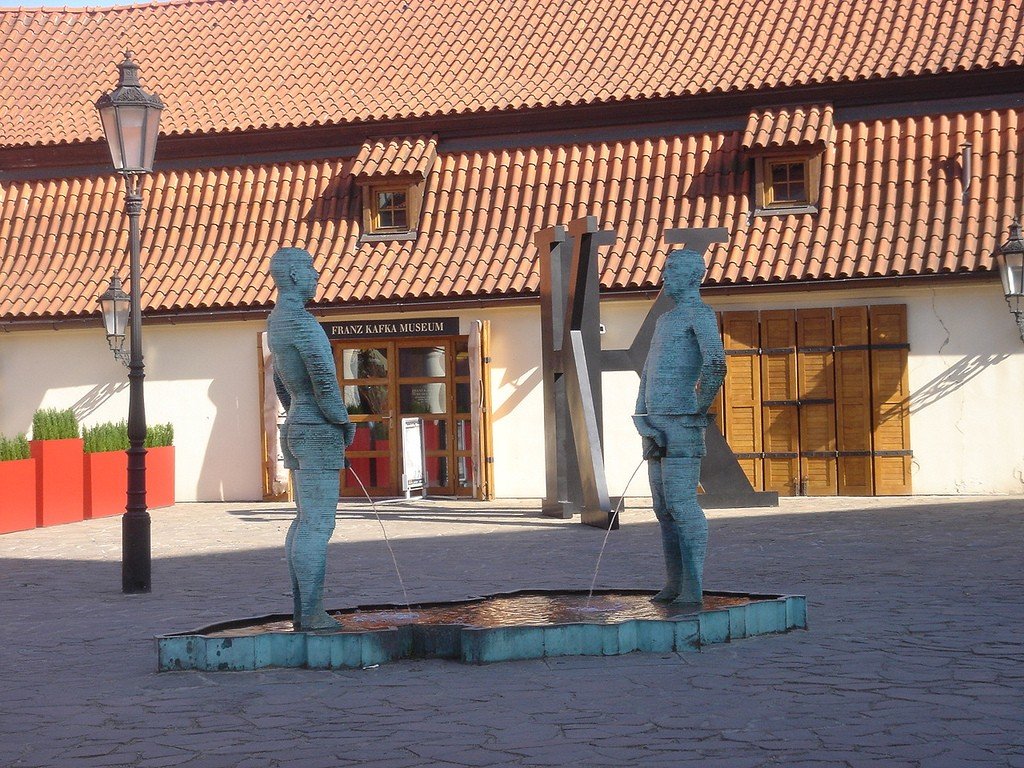
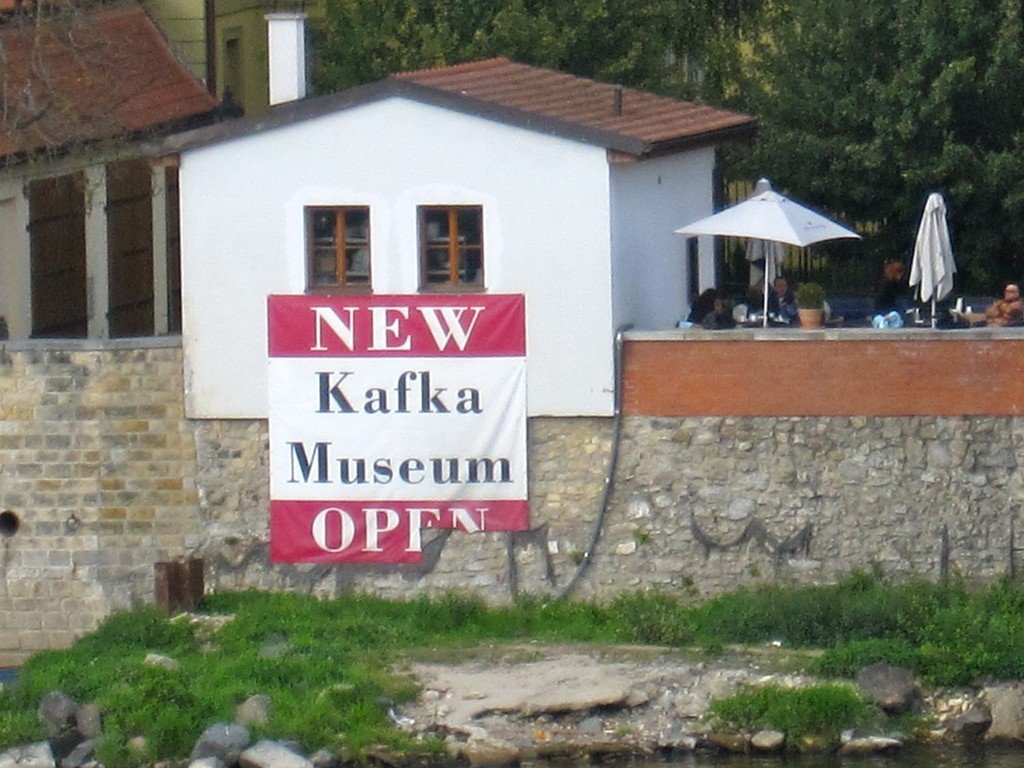
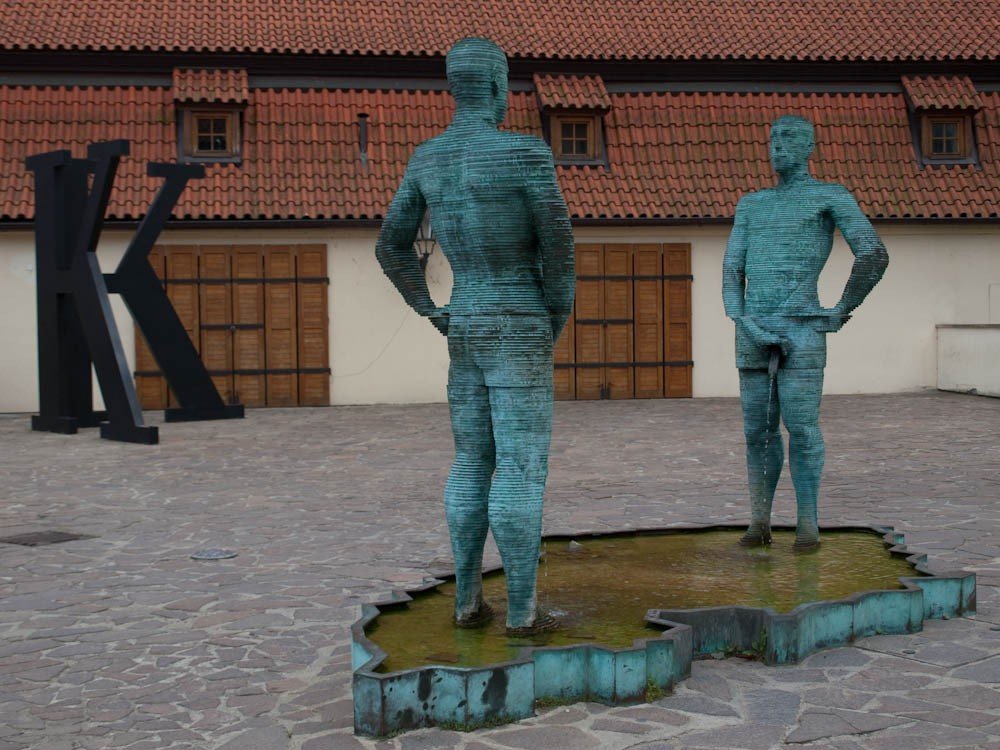
Highlights
At the exhibition, if you are interested in the personality and work of this extraordinary man, you can find answers to questions about his life in Prague, where he lived, where he created, and learn about the place where Kafka met Milena Jesenska.
The part of the exhibition called “Existential Space” introduces visitors to the writer’s life. Old videos show Old Town Square, the house where Kafka spent his childhood, photos of the women he loved, and the house on Zlata Street where Kafka wrote his works..
Kafka is considered by many to be a German writer. Indeed, he wrote in German, but the very mystical flavor of his works, his strange characters, mystery – all this was born in Prague. Franz Kafka is buried in the Jewish cemetery in Strašnica, a Prague neighborhood, which also indicates that he is a resident of Prague.
.History
The history of the Franz Kafka Museum in Prague (1883-1924) began at the end of the twentieth century in Spain. It was then that Spanish cultural historian Juan Insua from the Center for Contemporary Culture organized the exhibition series “Cities and their Writers”. As part of the project, the exhibition “K. Kafka’s City and its Writers” was opened in Barcelona in 1999. Franz Kafka and Prague.” In 2002 she moved to New York and in 2005 settled in Prague, the writer’s hometown. Here, in the building of a former brick factory, it will linger at least until 2015.
.Museum courtyard
Before even crossing the threshold of the museum, the visitor will be stunned by the fountain by Czech eccentric sculptor David Černý, located in the courtyard. A pair of bronze sculptures of nude men peeing are set in a shallow pool whose outline matches the contours of the Czech Republic on a map of Europe. The figures do not just pour water, but write out words that any of the visitors can send by SMS to a special phone number. D. Cherna’s sculptures often have bright satirical and political overtones. According to one version of the interpretation of the composition – it is the confrontation between Brno and Prague, according to another – it plays up the ambiguity of the benefits for the Czech Republic from joining the European Union.
.
At the very entrance to the museum, two colossal letters “K” appear in the form of an unfolded book. Consonant with the surname of the writer and the “names” of the characters in his works, they serve as a kind of prelude to immersing visitors in the events of Kafka’s difficult biography and in the dark, irrational world of his novels. The museum exposition itself consists of two sections: “Existential Space” and “Imaginary Topography”. After the tour, if you wish, you can visit the store at the museum to purchase any of the writer’s books or souvenirs as a keepsake.
.Exposition
Touring the exposition begins on the second floor of the building. This part tells about Prague of the early twentieth century, the influence of the city on the formation of the writer’s personality, his worldview and feelings. Dusky halls with tiny windows and complex narrow passages between them create an atmosphere of mystery. The halls exhibit documentary materials, photographs and objects related to the writer’s biography and the city he loved and feared. Manuscripts and early editions of F. Kafka’s works, a number of the author’s drawings are exhibited here. Technical means are actively used in the exposition, in particular, a film about the city, specially prepared for the museum: a black-and-white world, cold and hostile to a small person, opens before the viewer. The old videos bring to life Old Town Square, the house “U Minute”, where the writer was born and the house on Zlatý ulok where he created his works.
.The walls of the halls are inscribed with quotations from Kafka’s letters, diaries and books in different languages. Everywhere the visitor is accompanied by sounds: rustles and sighs, piercing violin playing and modern oppressive music dorn am ambient, rustling of book pages or ominous cries of crows.
.One of the halls reflects the writer’s personal life: complicated relations with his father, Kafka’s acquaintances, friends and women who entered his fate. The images of Milena Jesenska, Felicia Bauer, Flora Klug and others modeled by modern technology are enclosed in a glass box suspended on chains….. The exposition ends at the showcase with a certificate of the writer’s death from tuberculosis.
.Imaginary Topography
In this part of the exhibition, the visitor is introduced to how Kafka portrays the City in his works. Audio-visual works prepared for the museum based on the plots of the writer’s most famous works are shown here: “The Castle”, “The Trial”, “Reflections. “The Trial”, “America”. One of the brightest exhibits of this part of the exposition is a model of the machine (an instrument of torturous execution) invented by the director of the penal colony in one of the stories. Inside the machine is the crucified naked body of a little man with a face distorted with pain and crazy eyes. To get out of this creepy place, you have to walk through long corridors with a stylized archive of documents, on each drawer of which is written the name of an official from the writer’s novels. The peculiarity of F. Kafka’s literary heritage, allows us to consider him a “prophet of the twentieth century”, who predicted the horrors of life in a totalitarian state and the nightmares of the Nazi camps.
.Ticket price
Adult: 180 kroner.
.Students and Seniors: 120 kroner.
.Family: 490 kroner (2 adults, 2 children).
.How to get there
The Franz Kafka Museum is located at Cihelná 2b 118 00 Praha 1
.You can get there by metro line A or streetcar 1,8, 12, 18, 20, 22, 91 to Malostranská
.